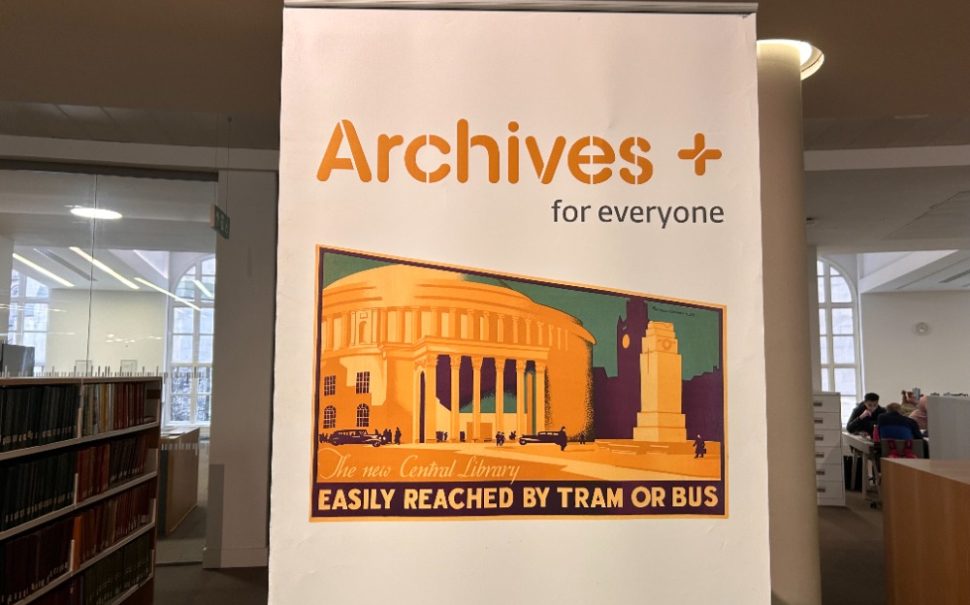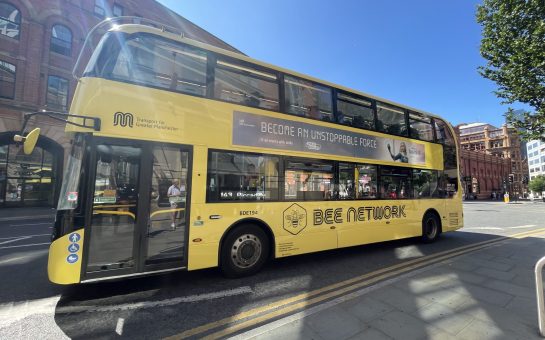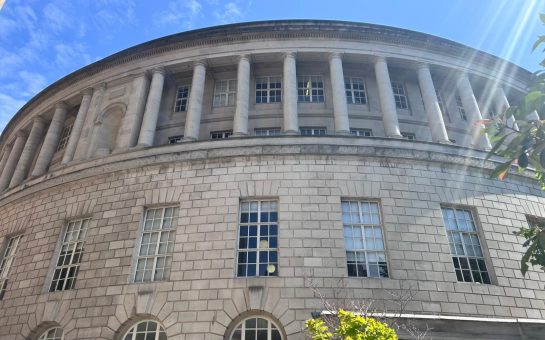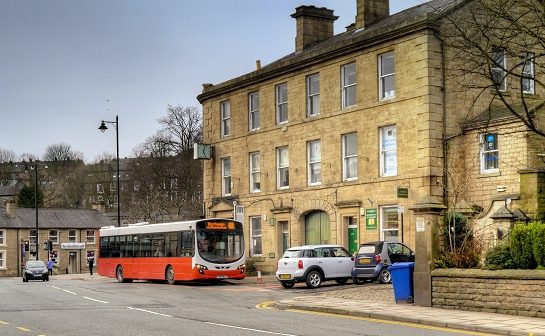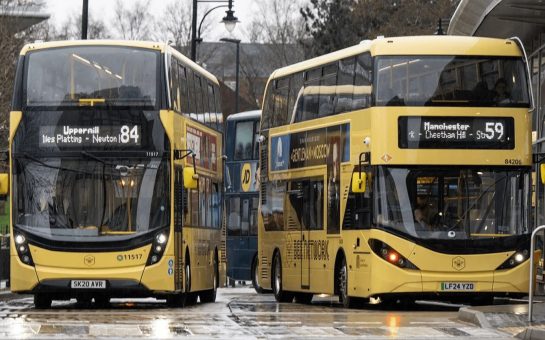Up to 60% of Greater Manchester residents live within 15 minutes of public libraries, Ordnance Survey data has revealed.
The data studied bus, tram and train routes all over the area, including Stockport and Trafford.
The study, published in October 2024, demonstrated that 29% of Bolton residents and 61% of Salford residents are all within easy access of their local libraries.
This is significant as access to libraries greatly benefits populations by promoting social connection, literacy rates, access to facilities like printing and photocopying, as well as well-being and community. They also typically provide services such as free printing, internet access, help with job applications, group events and language classes.
The importance of easy access to amenities like libraries is highlighted by a recent report published by Transport for the North (TFN) – Transport and Social Exclusion in the North in 2023/24 report – which revealed that more that 44% of disabled people, carers, and low-income residents in Northern England feel socially excluded due to inadequate and poorly performing public transport.
A knock-on effect of this is damage to their health, incomes, and everyday lives.
Additionally, LocalGov.co.uk recently estimated the number of Greater Manchester residents struggling with basic literacy and numeracy rates ranges from 15%-39% depending on the borough.

Source: Ordnance Survey
Without public transport being readily available to local amenities, many residents find themselves excluded from public services.
As campaigns for better public transportation within cities are constantly promoted, such as HS2, questions arise as to what can be done to further connect those in deprived areas.
Andy Burnham, Mayor of Greater Manchester recently announced plans for the new Bee Network buses in 2025.
He said: “Within a few weeks, 66% of the fleet will be brand new and 50% will be quieter, cleaner zero-emission buses by the end of 2026.”
The data shows a promising shift towards connecting smaller populated districts, with the Bee Network also planning to build eight commuter rail lines by 2028.
The Bee Network currently provides 160 million trips per year, with 577 different routes in Greater Manchester alone, despite Northern bus rates having been cut by 30% since 2010.
This means Greater Manchester is one of the best-connected areas in the country.
David Parker-Conway, 30, a weekly volunteer at Manchester’s Central Library since August 2023, lives in Wythenshawe and regularly uses public transport to get to work.
He said: “I get the tram when I can or the bus, they both take 30 minutes. That’s considered a good commute as this place is so central.
“Most libraries provide great services like hosting a lot of school trips and university kids, and daily large visitor groups, so it’s important that trams enable this.”
Fran, who has worked at Manchester Central Library for seven years, echoes the benefits of easy commutes to libraries.
“I cycle to work every day. It’s ten minutes on my bike and twenty minutes on the tram, as I’m from Cheadle where people mostly get the bus to work.
“The city centre is decent for trams, South Manchester in general is better for transport.
“Libraries get you out of the house and they are safe areas for young kids, they need to be available for everyone.”
Valerie Whittaker, a single grandmother who resides in Oldham, is also vocal about the virtues of accessing libraries.
She said: “My daughter passed away, so my two grandchildren live with me, and I haven’t got a car.
“Going to local spots on the bus is a lifesaver for me. We’ve got an increasing elderly population in this country who need help with the internet, and there are so many working mums nowadays, libraries are good places for easy childcare and computer access.”
Five out of the 10 metropolitan Greater Manchester boroughs included in the survey had more than 50% of residents with direct library access, including Rochdale.
All of them are considered Urban Areas with Major Conurbation; meaning they are extended built-up areas, consisting of populated towns within city suburbs.
Well-developed transportation networks, including roads, railways, and public transport are crucial for connecting the various parts of conurbation areas.
According to Ordnance Survey’s data, St Helens and Liverpool are shown to have 60% and 56%, respectively, of residents with easy library access, while Knowsley has 30% of its population within acceptable distances.
Burnham further announced plans in January 2025 to cap bus fares at £2, meaning those without cars can still access buses.
The focus for the future is ensuring the plans to further develop public transport within deprived regions are adhered to nationwide.
Bee Networks aims to ensure this this by introducing service improvements, fare structures and contactless payment options.
Photo: Philippa Walton

Source: Ordnance Survey
Main image credit: Philippa Walton
